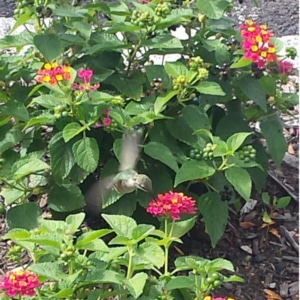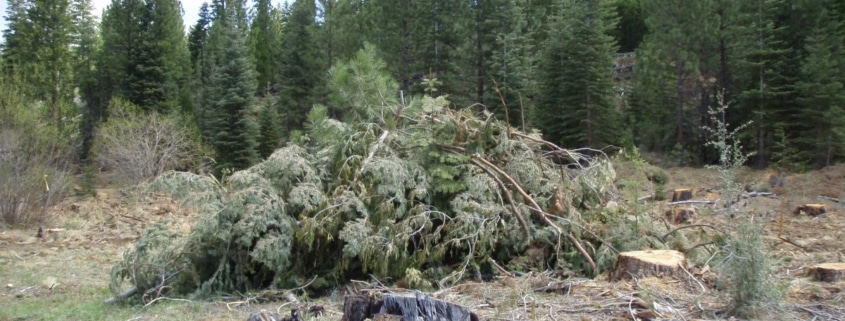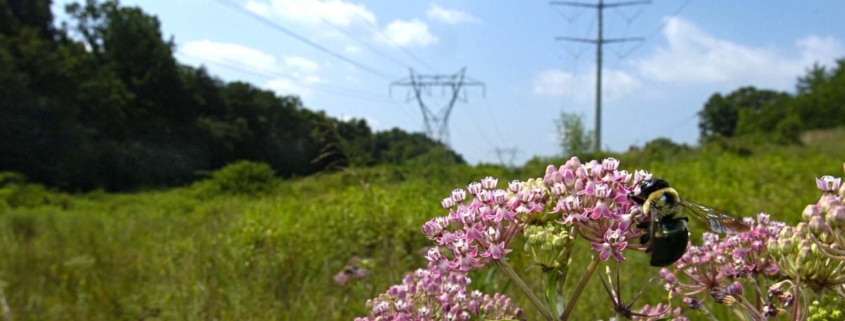Designing the Ideal Project at Ricoh Group’s West Caldwell Site
When Yoko Perez started working for the Environmental Team at Ricoh Americas Corporation’s West Caldwell Office in June 2013, she started working to align their Wildlife at Work program with the priorities of Ricoh Group’s biodiversity policy, as well as to better engage employees in the program. She and her team recognized that working with WHC offers the Ricoh Americas branch a unique approach from Ricoh Group’s other branches to aligning with the company’s biodiversity policy.
The West Caldwell Office’s program includes five pollinator gardens, which were installed last November with the help of the site’s landscapers to pick the garden locations and 20 volunteers to plant the garden. The Environmental Team chose plant species such as lupine, bee balm, Joe-pye-weed, and black-eyed Susan that would be shade tolerant and provide nectar to pollinators. A small rain garden planted with pollinator-friendly species was also planted in an area near the building that tends to collect water.
In addition, invasive species such as multiflora rose, Japanese knotweed, phragmites, autumn olive, and Bradford pear have been observed on the property, so the Environmental Team is looking into controlling these species with the help of employees and local partner organizations.
Yoko and her team work hard to monitor and document their projects, including information on where each species was planted in the gardens and which of those plants survived. Monitoring is a critical part of every project because it provides information about what worked and what didn’t work.
Employees at the West Caldwell Office use the company’s intranet site, RWorld. Yoko attributes the success of her team’s program and the thoroughness of project documentation to their access to this interactive site, which allows employees across the country to post news and information, post comments and feedback, and share photographs. This makes it easy for the Environmental Team to share their monitoring data, wildlife photographs, and other documentation for the program.

Ruby-throated hummingbird observed in one of the pollinator gardens at the West Caldwell Office. Photo courtesy of Ricoh Group.
Yoko says she also uses RWorld to spur employee interest in and support for the Wildlife at Work program. For example, she told me how she posts articles for her garden blog on RWorld, and also posts information and videos for events such as National Pollinator Week and Ricoh’s Global Eco Action Month this past June.
If you’re looking for ideas to better engage your employees or document your program, please WHC.


